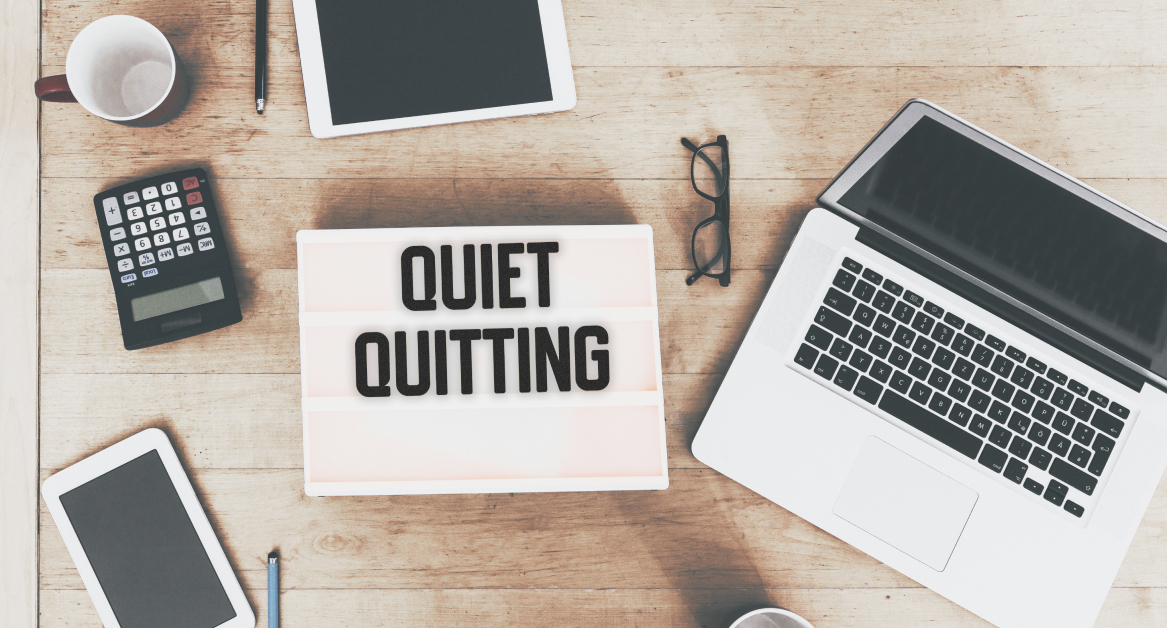Most people experience burnout at some point in their lives. Whether you are a student or investment banker, a time will come when constant exhaustion and zero motivation sets in. However, the increased popularity of remote work has brought work from home burnout to the forefront. Here, we discuss the symptoms of work from home burnout and how to prevent it.
What is Work From Home Burnout?
More than two thirds, or 69%, of remote workers have experienced remote work burnout symptoms and recent research has uncovered a link between the extended use of video conferencing during covid-19 pandemic in educational contexts and the physical signs of “Zoom fatigue”.
This impacts both business productivity as well as the overall health of the workforce. So what is it?
Burnout is not limited to exhaustion. In extreme cases, burnout can lead to depression and anxiety, and sometimes even weaken the immune system to cause a myriad of other ailments.
It is also more than just workplace stress or having no motivation. And you can’t just solve it with temporary measures such as extended vacation days or taking a few days off work.
Most of the time, the best solution is to practice good self-care and have a proper work-life balance, to stop burnout from setting in.
What are the Symptoms of Work From Home Burnout?
Here are a few symptoms that can help you identify if you are experiencing remote work burnout:
1. You feel unable to disconnect
Do you feel the need to constantly check your emails or get the spreadsheet completed, even though you have just rolled out of bed? Do you spend your lunch going through emails and meeting minutes?
Pre-pandemic, most of us had a routine. We got up, got dressed, left our house and commuted to work. We had a defined lunch break. And a defined after-work hours.
However, once the pandemic began, working from home disrupted this routine. The boundaries between work and home life became blurred.
Since the pandemic began, it has been reported that employees have been working three more hours a day, compared to pre-pandemic days. That’s a whopping extra 15 hours a week!
These increased working hours have definitely been shown to cause a lot more exhaustion among employees, and led to them feeling unable to disconnect.
2. You feel unsupported in your workplace
Avoiding a lengthy commute is one of the things that employees have grown to appreciate over the last two years. But employees have since learnt that working remotely is both a blessing and a curse.
Working at home by yourself, with only occasional video calls to interrupt the boredom, can slowly drain motivation.
The ability to drop by a co-worker’s desk to chat for 5 minutes about their dog before a meeting, or to have a group lunch with the team. These are also the many ways to disconnect and have personal and external engagements. These are moments in the day that fuel motivation, that give employees a reason to love and hate coming to the office all at the same time. Flash forward to where we are now, a Teams call with a coworker just does not feel the same.
3. Increased physical and emotional fatigue
Working from home can lead to increased levels of physical and emotional fatigue, beyond what is typically experienced in a traditional office setting. The lack of physical activity associated with commuting and moving around an office environment can contribute to a sedentary lifestyle. This can lead to physical issues like back pain, eye strain, and general lethargy.
Emotionally, the isolation and reduced social interaction can result in feelings of loneliness and disconnect, exacerbating stress and anxiety. The absence of informal, supportive interactions with colleagues and the constant presence in the same environment can take a toll on mental health, leading to burnout.
How to Prevent Remote Work Burnout

1. Create A Dedicated Workspace
One of the best ways to avoid remote work burnout is to simulate a home office workspace.
To do this, get yourself a dedicated area where you can work with minimal distractions. Ensure that all your essential remote work equipment like desk, chair, monitors and other laptop accessories are all fitted to your comfort level.
Oftentimes, we fail to see how working from our couch or off a poorly fitted chair can impact our productivity or health in the long term. But if you’re constantly feeling back pain or a throbbing in your head, it can deteriorate into unhappiness and demotivation.
A dedicated workspace and proper ergonomics will increase your comfort while working from home. Feeling productive and energetic goes a long way towards preventing remote work burnout.
2. Have Clear Work Hours
We often forget the concept of time when we’re working from home full time. We clock in extra hours that could have been spent on going for a run or eating a proper lunch.
To avoid that, come up with a hard stop to ensure you have time to rest and decompress. Set a timer at the end of the day, and give yourself a 30-minute allowance if needed. Be sure to make plans after this timing is up, so as to have something to look forward to after logging off.
Often, we continue working because we’ve not made plans after work hours. So go on and arrange for dinner with your friends, or even just curl up on your couch to watch the Netflix shows you’ve planned for. Have something to look forward to at the end of the day.
And don’t forget that once you’ve logged off for the day, you’re actually logged off mentally. Leave the unread emails for the morning, when your work day restarts again.
3. Take Leave Days – Even When You Have Nowhere to Go
Having a couple of extra days off without checking your emails is not a crime. You are allowed to do that!
In fact, you should actually take a leave day or two when you’re feeling overwhelmed with your workload. Going into work anxious and overwhelmed will do no one any good. You won’t be able to produce good work, and you will make yourself more stressed.
Talk to your manager and explain how you feel. Your mental health is important and you should take time off for self-care. Having a “me day” can be very useful to combat remote work burnout.
During this time, do the things you love, that can help you recharge and feel excited about life again. Go for a hike, go shopping, go down to the beach for a day. Do whatever makes you feel like you can get your energy back.
If this works well, take a “me day” leave for yourself once a month, so you can have defined times when you can rest and recharge again. It is something to look forward to each month and can reduce the risk of remote work burnout.
One other point to take note of is to be upfront about your schedule. If you are on leave, let people know you are disconnecting and will not be contactable.
4. Seeking Professional Help
It’s crucial to recognize when burnout is beyond self-management and professional help is needed. If you find yourself struggling with persistent feelings of exhaustion, anxiety, or detachment from work, consider seeking assistance from a mental health professional.
Counseling or therapy can provide a safe space to explore the underlying issues contributing to your burnout. A professional can help you develop coping strategies, such as mindfulness techniques, stress management, etc. They can also assist in setting healthy boundaries between work and personal life.
Additionally, support groups or workshops focused on managing remote work challenges can be beneficial. Connecting with others who are experiencing similar issues can provide a sense of community and helpful tips.
Remember, seeking professional help is a sign of strength, not weakness.
Here’s to Better Work-Life Balance
Your mental and physical well-being is more important than the stress of a deadline. Define your boundaries and take care of yourself, and maybe we will be able to slowly combat work from home burnout together!
On the other hand, what remote companies should also do is craft a good remote work culture to tackle employee burnout. Building a culture for remote teams is crucial for the health and productivity of remote companies. Key to this is fostering a sense of community and connectedness among team members, despite the physical distance. One effective strategy is hosting regular remote team-building activities. These events can range from virtual coffee breaks to online games, encouraging interaction and strengthening team bonds. Such initiatives not only break the monotony of remote work but also provide employees with a platform to engage, share experiences, and build a supportive network.







